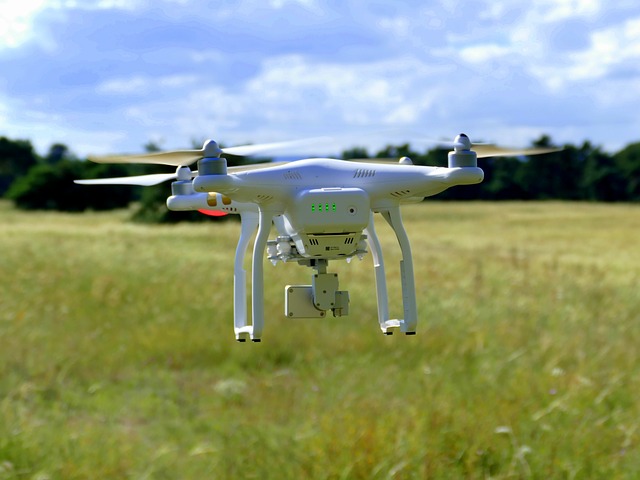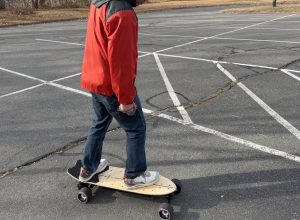Federal Aviation Administration (FAA) has predicted that hobbyist drone sales could go up from 1.9 million in the year 2016 to roughly 4.3 million sales in the year 2020. Therefore, there is a need for these beginner drone pilots to get trained on the steps they should take to become a pro. Below are the 6 steps every beginner drone pilot should take to become a pro.
1) Purchase the Most Suitable Drone
Before you consider buying great starter drones, it is important that you take into consideration the following:
- Your skill levels.
- What you want to use it for.
- Your budget – what you have to spend.
Beginner drones are mostly designed in small sizes. They are normally cheaper compared to the other drones and mostly used for fun. Nowadays, there are beginner drones that are designed and fitted with low-power cameras that beginners can use to take photographs.
Before you settle on the type of drone you are going to purchase, make sure to start with the least expensive one – the one you can afford to lose or break.

2) Learn and Master the Controls
Normally, the left stick is used to control your throttle. It determines how fast or slow your drone will be moving, and the left stick will control the distance from the ground. On the contrary, your right stick is normally used for left or right, backward or forward movements.
Your trimming buttons should enable you to fly your drone from one side to another. In case you realize that your drone is moving to one direction when flying, use your trimming button to move to the direction you want.
3) Practice Hovering and Landing
When still on the ground, gradually increase your throttle until the propellers start spinning. You can then continue increasing it until your drone starts to lift. Trying flying at some average feet of 4 feet, and then hover in place. You can repeat the process until you master it.
4) Learn Yaw, Pitch and Roll
The terms yaw, pitch and roll are not big terms as you may perceive them to be. Yawing is to move to the left or to the right around the vertical axis. Pitching is the process where you move your drone’s front either down or up which makes it fly either backwards or forwards. Lastly, rolling is when your drone moves in either the right or left horizontally.
5) Use Landing Markers
Since you have learned a lot and you are now close to being a pro, it is important that you use land markers to help you land safely. Start from one marker, move to the next and then come back to the point you started and then land.
6) Fly in a Circle
You have known how to yaw, pitch and roll, this will be easy for you as you now know how to balance yourself. You can do this by increasing your throttle while pushing your right stick in a diagonal way. This is to engage the roll, pitch and yaw at the same time.
Becoming a drone pilot is not as difficult as people have perceived it. You only need to be determined and concentrate while practicing so that you realize the tricks no trainer would mention to you.



